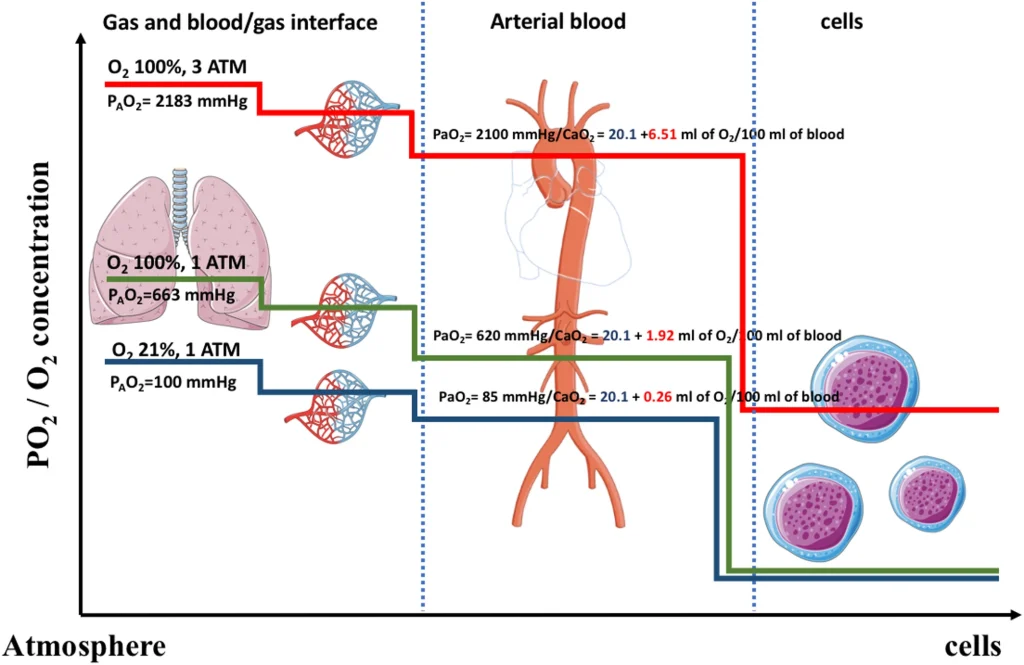Neurally adjusted ventilatory assist in critical care patients with and without obesity: a prospective randomized crossover study
🫁 NAVA vs PSV in Obese ICU Patients: First Evidence of Safety and Benefit Abstract: This randomized crossover study is the first to test Neurally Adjusted Ventilatory Assist (NAVA) in critically ill obese patients. Twenty-one ventilated patients (10 obese, 11 non-obese) underwent 30 minutes of NAVA and PSV each. Researchers assessed safety, patient-ventilator synchrony, oxygenation, […]



